1.2 The External Environment
The environment is defined here as everything that can affect a person, that is, every aspect of their surroundings. This includes ventilation, temperature, and odours. All equipment and surroundings in a client’s environment must be constantly monitored, and any sources of danger must be removed. Good housekeeping practices at home and in the health care facility have an effect on the health of clients, and good practices concern every health care worker.
Ventilation
Ventilation is the movement of air in the room. Proper ventilation provides clean air with the proper amount of moisture, and at a comfortable temperature.

How to ventilate a room: Because warm air is lighter than cold air, open a window from the top and bottom to get the air to circulate whenever possible. An electric fan can also keep the air circulating in a room.
Precaution: Avoid strong air currents or drafts directly on a person. If needed, put up a screen to protect the client from drafts and ensure they are dressed appropriately.
Temperature
Temperature affects our comfort and mood. The most comfortable temperature is between 20ºC–23ºC, with a slightly higher temperature for bathing. When the temperature is too high, we lose fluids through perspiration. Be sure to offer extra fluids in hotter temperatures. When the temperature is low, use extra blankets, shawls, or bed socks to prevent loss of body heat.
Humidity
Humidity is the percentage of moisture in the air. The body feels most comfortable when humidity is between 30% and 60%. If the humidity is lower, the nasal passages become dry and crack. Humidifiers or vaporizers can be used in environments with low humidity. Moist air, or high humidity air, will feel cooler if the air is moving. Fans can be used to circulate the air.
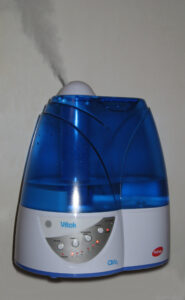
Odours
Odours come from body discharge, perspiration, cooking, decaying food, and many other sources. Odours are most noticeable when they first strike the nose. Unpleasant odours take away the appetite. Sodium bicarbonate (baking soda) is useful for removing odours.
How to Control Odours
- Dispose refuse and garbage by wrapping it and putting it in a closed container. Do not put smelly garbage in the wastepaper basket!
- Cover bedpans, urinals, and emesis basins to reduce offensive odours from body discharges.
- Avoid being a source of odour: ensure your breath is fresh, your body odour is minimal, and avoid using or wearing scented products.
- Remove old, dead flowers and stagnant water.
- Remove leftover food and beverages.
Light

Colour

Noise
Noise is generally very disturbing. Noise may be generated by staff carelessly talking, laughing, or calling one another across a room. In fact, people are the source of most noise. Try to keep noise under control as much as possible.
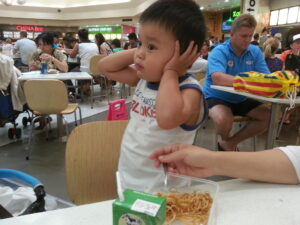
Neatness and Order
Some people thrive on neatness and others on clutter. A client’s unit or space should have enough order to be safe, but avoid rigid standards for clients who enjoy a bit of untidiness. It is important, however, to be sure to remove soiled linen and unused equipment promptly.
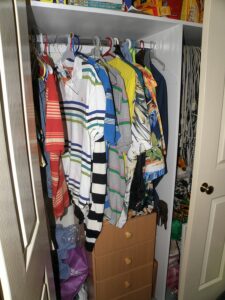 |
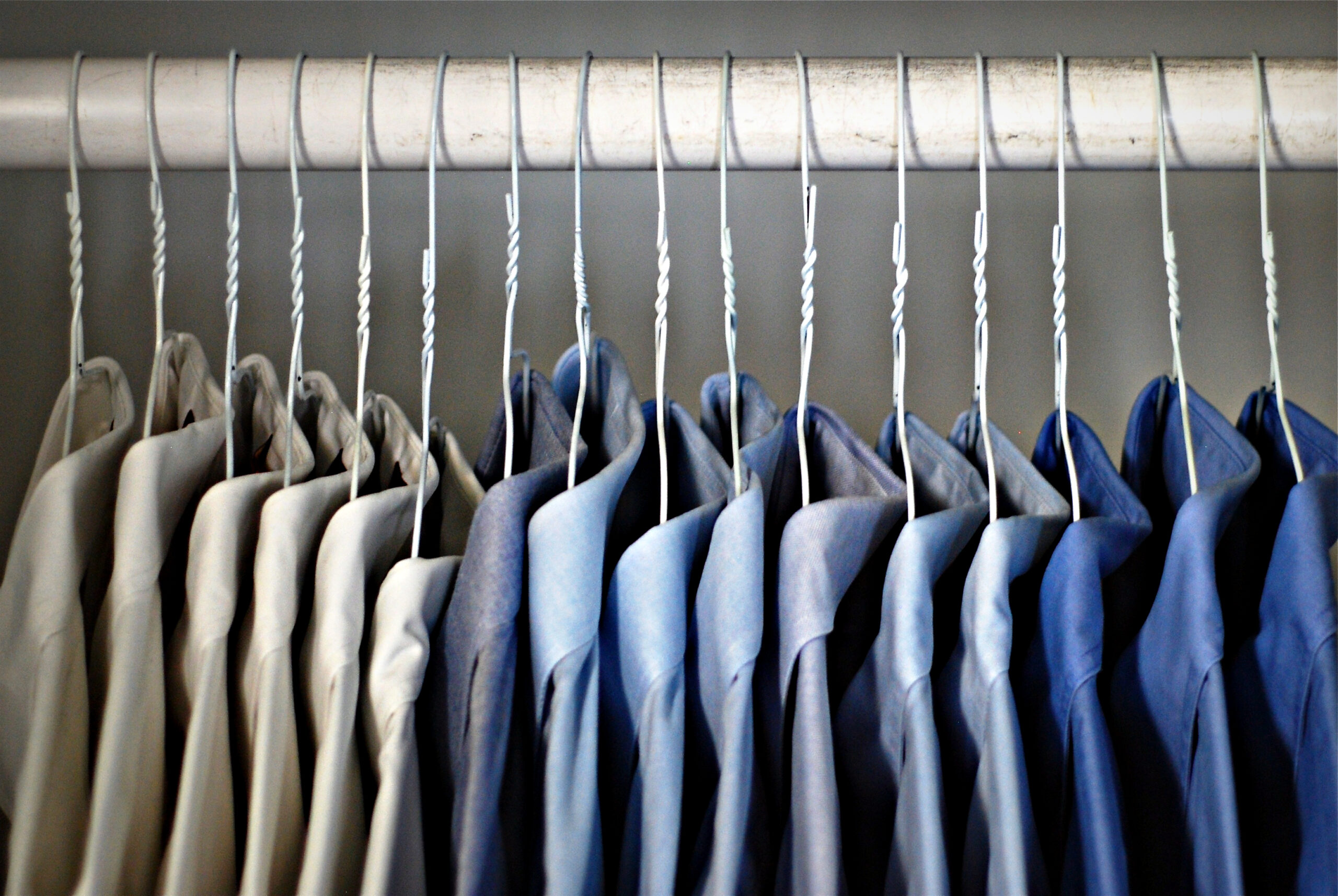 |
Privacy
Privacy is essential for the client’s well-being, and some clients are more private than others. Please be respectful of each client’s need for privacy.
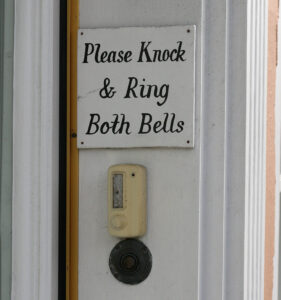
Safety in the Environment
The Health Care Assistant needs to be constantly aware of the hazards in the environment. Use prevention as the best strategy to avoid accidents. Below are guidelines that will promote safety in the environment.
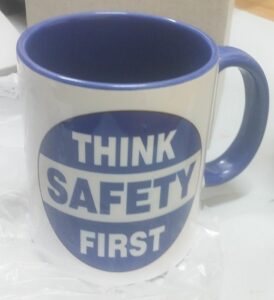
- Wipe up spills immediately.
- Remove items off the floor, which might be tripped over or bumped into.
- Keep beds in the lowest position, with brakes on and side rails up, if needed.
- Use handrails and grab bars in bathrooms and corridors.
- Test the temperature of baths and solutions, etc.
- Supervise smokers carefully and never allow smoking in bed.
- Leave furniture and equipment in its usual location, so that people won’t stumble over it.
- Use extra precautions when oxygen is in use.
Fire and Safety Rules and Precautions
It is important to know the fire and safety rules and precautions in every environment where you work and live. Know where the fire extinguishers are in the building!

Report and Record
Report and record all faulty furniture, equipment, and supplies, as these may create a hazard. Do not use equipment if it is faulty!

Housekeeping procedures are part of the client’s care in an institution and a client’s care in the home. You are responsible for the client’s immediate surroundings.
Your responsibilities for cleaning will vary for each job assignment, but it is important to know what has to be done and whether you or someone else will be doing it.

Pay attention to the following items in the client’s environment:
- The bedside table or dresser requires special attention. It can be a source of odour, unsightliness, and infection. All tissues and other disposables must be discarded. All surfaces, inside and out, should be wiped clean.
- Bedpans, commodes, and urinals require thorough cleaning after each use.
- Denture cups and water glasses used for mouth care must be kept clean. The toothbrush should stored so that it is not in contact with anything else.
- Washcloths and towels are replaced daily or more often, if necessary.
- A client’s personal belongings should be stored neatly in drawers or in the closet.
- Old newspapers and magazines should be recycled or discarded (with the client’s permission).
- Specific cleaning of some items must be done after each use:
- Soap dish, basin, or denture cup.
- Feces (bowel waste), blood, or vomit should be washed off first with cold water, or they will stick. Then, rewash thoroughly with soap and warm water.
- Pure water will not dissolve fatty substances, such as Vaseline or mineral oil. Soaps and detergents must be mixed with warm water to dissolve such substances.
- In an institution, the cleaning and dietary staff will be responsible for cleanliness in the kitchen.
The Client’s Unit or Bedroom
The client’s unit is their only personal space in the facility. It is an important area — it is their home and we are the guests.
The areas surrounding the client’s bed, including the bedside table, overbed table, chair, daily equipment (used routinely), clothes closet, and personal articles, are essential parts of the unit.
It is important to assist the client by keeping their environment clean and orderly, and to ensure necessary equipment is available. Each time you leave the unit, check that the following safety features are met:
- Bed is clean and neatly made.
- Bed is left in lowest position.
- Call bell is within reach of the client at all times while the client is in the room.
- Bedside table drawers containing personal articles (brush and comb, glasses, hearing aid) are within easy reach.
- Bedside table top and drawers are clean.
- Unit is sufficiently in order and safe according to the needs of the individual client.
- Side rails are up or down, as indicated in the care plan.
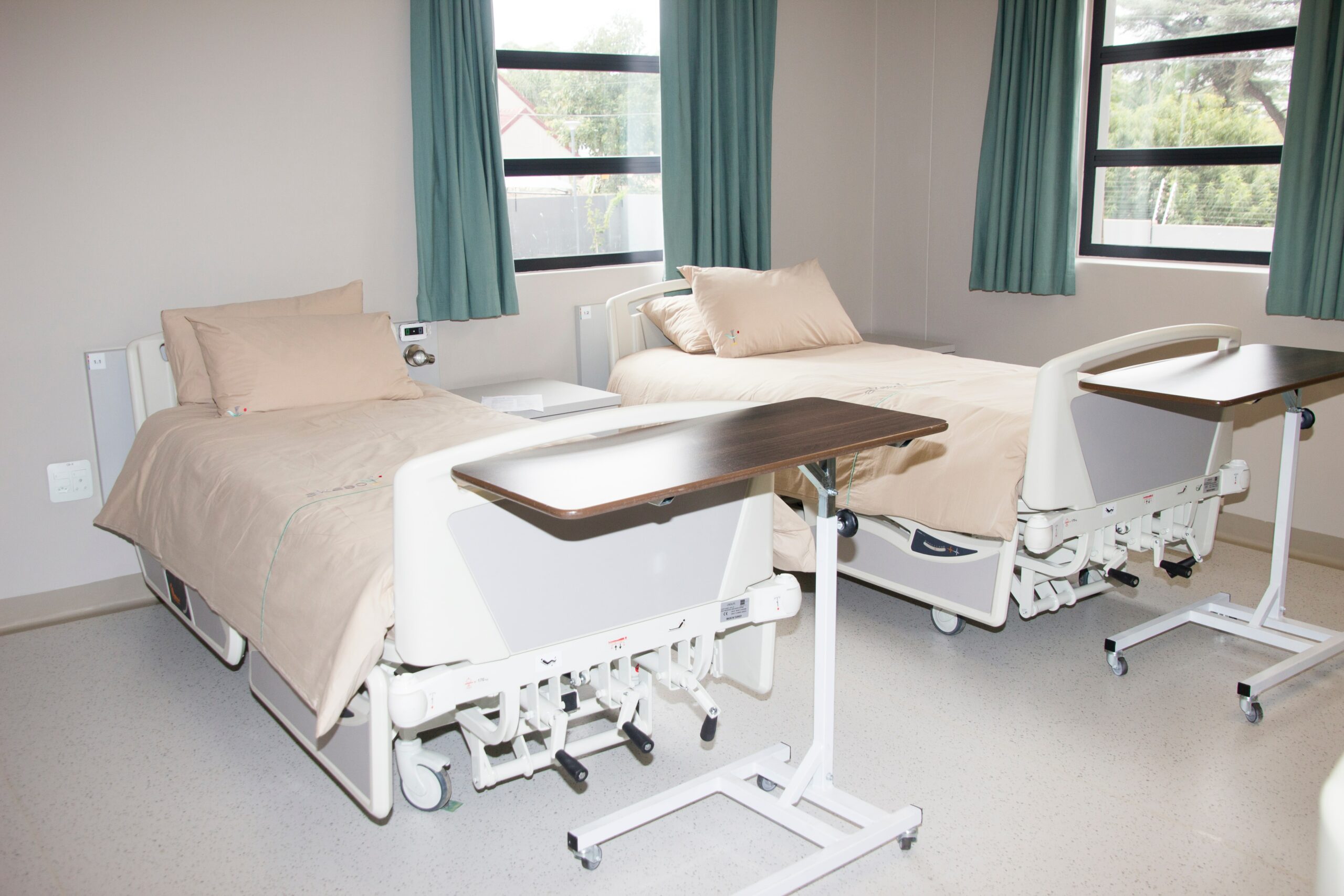
Summary
- The environment can have a positive or negative effect on a person’s health and well-being.
- People will have different ideas about what makes a pleasing environment.
- Safety is a key consideration in all aspects of the environment.
Critical Thinking Questions:
- Consider a time when you have been feeling unwell. What features of the environment contributed to your feelings of comfort or discomfort?
- Consider caring for someone who is ill. What characteristics of the environment would make it easier for you to provide care?
- How can we balance the environmental needs of the client with the needs of the health care worker?
Chapter 1 True/False
- Housekeeping is not part of the HCA’s role so you needn’t be concerned about dust.
- The temperature of our environment can affect our comfort and mood.
- Everyone thrives in a neat and tidy environment.
- Often a source of noise in a client’s environment comes from the staff themselves.
Chapter 1 Attributions and References
Unit 1.2 Image Attributions
- Figure 1.2.1 View into a garden through an open ground floor window in Germany by Karl432, via Wikimedia Commons, is used under a CC BY-SA 4.0 license.
- Figure 1.2.2 Ultrasonic humidifier by MaxSem, via Wikimedia Commons, is in the public domain.
- Figure 1.2.3 Sunny living space by Jarek Ceborski/ Jarosław Ceborski on Unsplash, is used under the Unsplash License
- Figure 1.2.4 Colour Palette by Kiloueka, via Wikimedia Commons, is used under a CC BY-SA 4.0 license.
- Figure 1.2.5 Too noisy by Alpha, via Flickr, is used under a CC BY-NC-SA 2.0 license.
- Figure 1.2.6 Messy closet by Matthew Paul Argall, via Wikimedia Commons, was released into the public domain.
- Figure 1.2.7 A neat closet by Rachel, via Flickr, is used under a CC BY-NC 2.0 license.
- Figure 1.2.8 Please Knock & Ring Both Bells by Andrew Barclay, via Flickr, is used under a CC BY-NC-ND 2.0 license.
- Figure 1.2.9 Think Safety First by Jogi don, via Wikimedia Commons, is licensed under CC BY-SA 4.0 license.
- Figure 1.2.10 Fire extinguisher with sign by Mpelletier1, via Wikimedia Commons, is used under a CC BY-SA 3.0 license.
- Figure 1.2.11 Report and Record from OpenClipArtVectors is licensed under a CC0 1.0 Unversal Public Domain Dedication license.
- Figure 1.2.12 Making a bed by Harry Whittier Frees, via Wikimedia Commons, is in the public domain. [Original source: Frees, H. W. The Sandman: His Kittycat Stories. Boston: The Page Company. 1917]
- Figure 1.2.13 Creating a safe environment on Unsplash, is used under the Unsplash License.
A container into which bowel or bladder elimination may occur. These devices are helpful for people who have mobility issues and have difficulty getting out of bed.
A container or receptacle into which the client urinates. Handheld urinals are available to assist clients who have mobility issues.
Action or process of vomiting.

